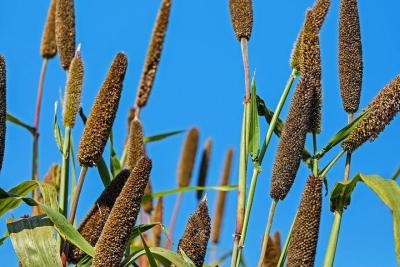
If you are diabetic or want to lower the risk of type 2 diabetes, eating a millet-based diet is a good bet.
Scientist have found that eating more millet can reduce type 2 diabetes risk, and even help manage blood glucose levels in people with diabetes. Millets can help diabetic and pre-diabetic people, as well as be a preventive measure for non-diabetic people.
In a recent study, the researchers looked at data from 11 countries for diabetic people. They reviewed 80 published articles and analyzed over 1,000 human subjects.
Lower Blood Glucose Levels

They found that diabetic people who eat millet as part of their diet saw their blood glucose levels drop 12-15% (fasting and post-meal). In addition, their blood glucose levels went from diabetic to pre-diabetes levels. The results from the study confirmed that eating millet can help control blood glucose levels and also reduce the risk of diabetes.
This study was published in the journal Frontiers in Nutrition.
Millets are know as a “forgotten food.” They were eaten as staple cereals in many parts of the world but was later replaced by “modern” grains such as rice, wheat and maize.
However, there is a case now to bring back millets as a staple diet. Millets outperform other grains such as refined rice, maize and wheat when it comes to lower GI and lower blood glucose.
Better GI Performance
GI (glycemic index) as an indicator of how much and how soon a food increases blood sugar level. Millets have a GI of 52.7, about 36 percent lower GI than milled rice and refined wheat, and about 14-37 GI points lower compared to maize.
In other words, millets helps control your blood glucose level better than other grains like rice and wheat.
The best way to cook millets is to boil, bake or steam the grains. This helps preserve the GI performance of millets.
The United Nations has declared the year 2023 as International Year of Millets. Hopefully, this grain will become more popular for its health benefits.
TAKE-HOME MESSAGE: Eat more millets in your diet to lower the risk of type 2 diabetes. The best way to prepare millets is to cook, boil or steam the grains.
Journal source: Frontiers in Nutrition
A Systematic Review and Meta-Analysis of the Potential of Millets for Managing and Reducing the Risk of Developing Diabetes Mellitus


